



































































































Why settle for anything less than the best? Insider outranks every other solution provider with the highest user satisfaction score of 97/100.




































































































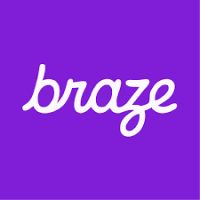

































We offer the fastest time to value (TTV)—up to 3X quicker than other industry players—thanks to our fast integration, industry-specific best practices across 26 countries, expert growth consultation, and localized support which helps customers realize ROI much faster.

We’ve absolutely loved working with Insider due to their product’s omnichannel customer journey orchestration capabilities. We’ve seen new user sign-ups have increased by 5%, and we’ve seen conversion rates rise.
Director of Ecommerce
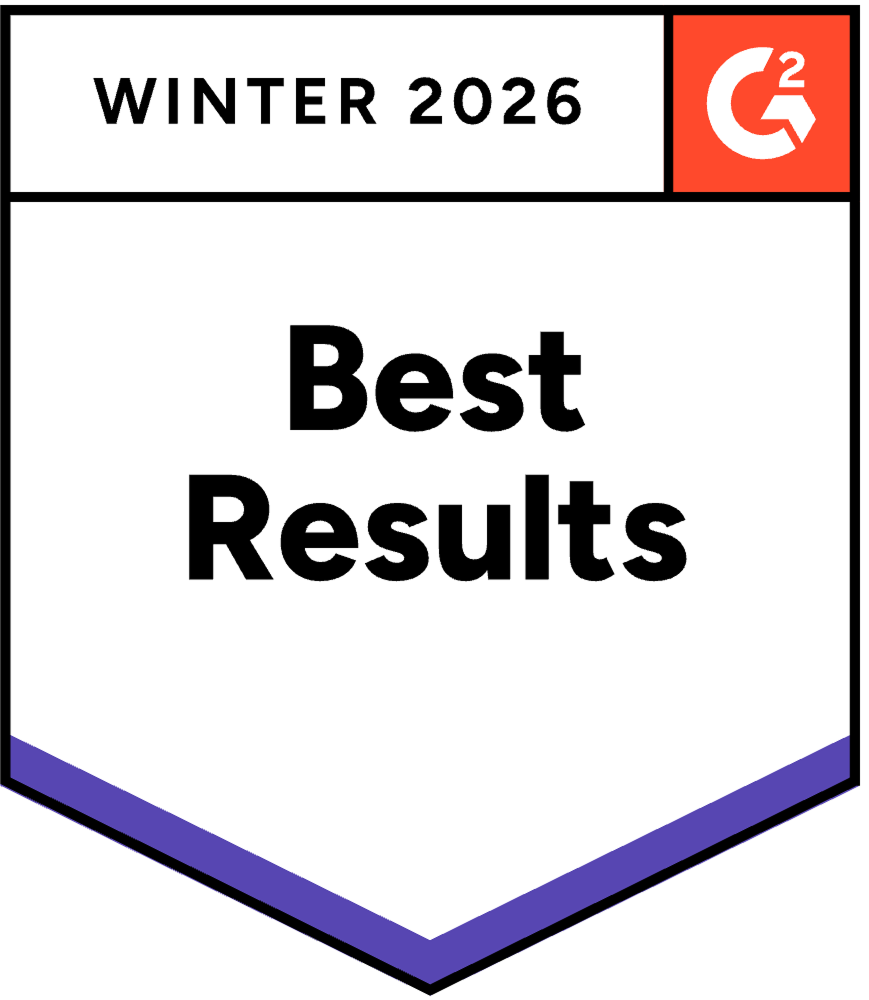
The customization capabilities help us deliver highly relevant and individualized content to our customers across channels. We’ve significantly improved our average order value, CTRs, conversions, and ROI in just two months.
Head of Marketing


We implement ideas quickly and effectively which is essential to our promise of delivering an interactive and responsive brand experience that is tailored to each individual user on every touchpoint.
E-commerce Director
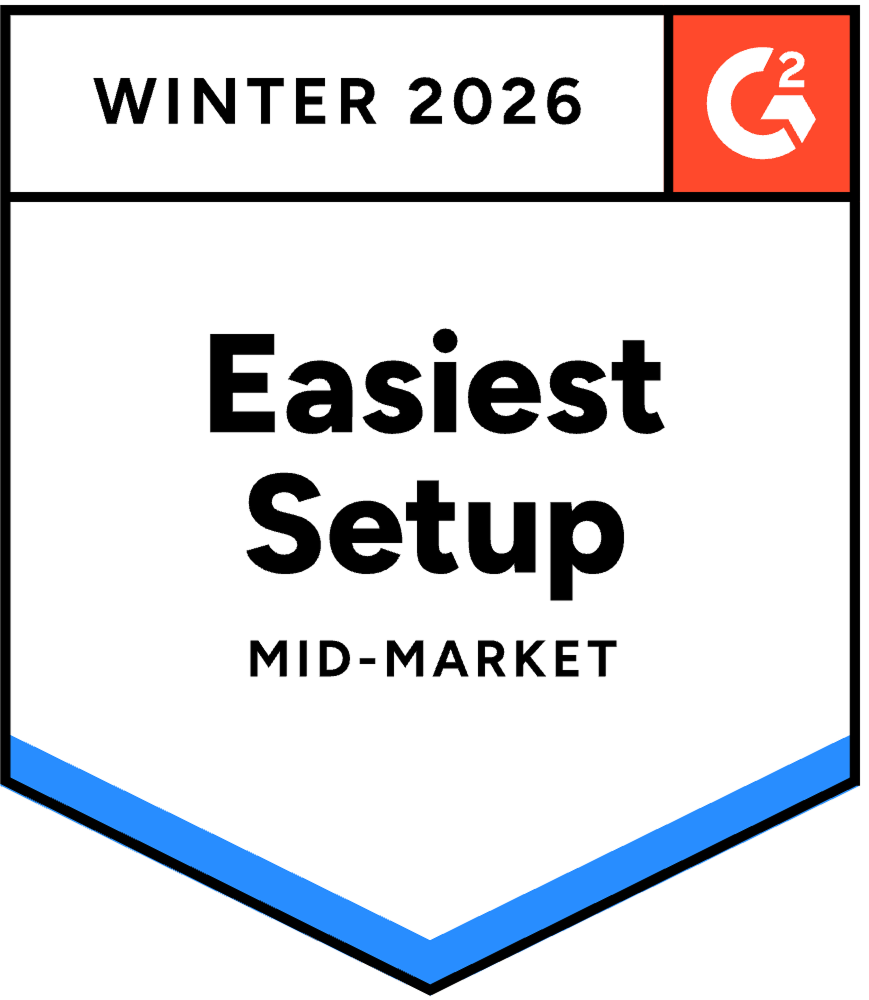
Insider’s Growth Consultants have helped us with the ideation, creation, and execution of campaigns after onboarding. Their pre-built templates save loads of time and effort, allowing us to run several campaigns simultaneously.
Digital Content and Web Design Director
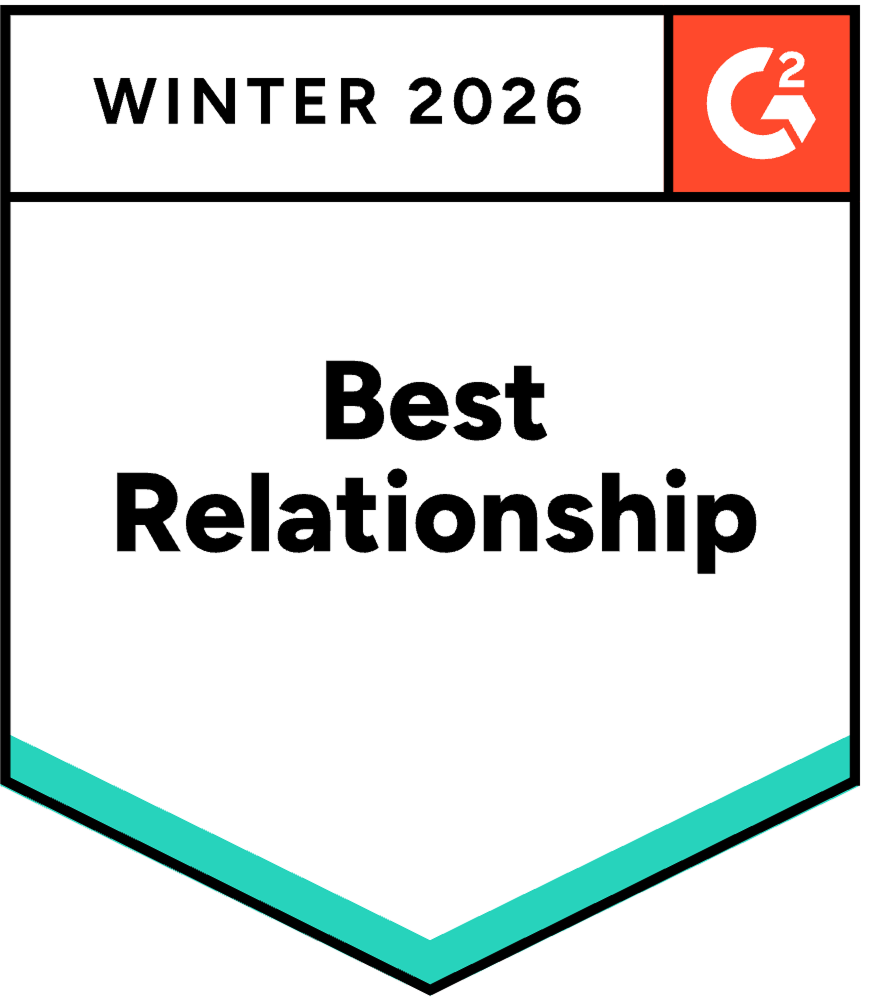


We’ve absolutely loved working with Insider due to their product’s omnichannel customer journey orchestration capabilities. We’ve seen new user sign-ups have increased by 5%, and we’ve seen conversion rates rise.
Director of Ecommerce


The customization capabilities help us deliver highly relevant and individualized content to our customers across channels. We’ve significantly improved our average order value, CTRs, conversions, and ROI in just two months.
Head of Marketing


We implement ideas quickly and effectively which is essential to our promise of delivering an interactive and responsive brand experience that is tailored to each individual user on every touchpoint.
E-commerce Director


Insider’s Growth Consultants have helped us with the ideation, creation, and execution of campaigns after onboarding. Their pre-built templates save loads of time and effort, allowing us to run several campaigns simultaneously.
Digital Content and Web Design Director
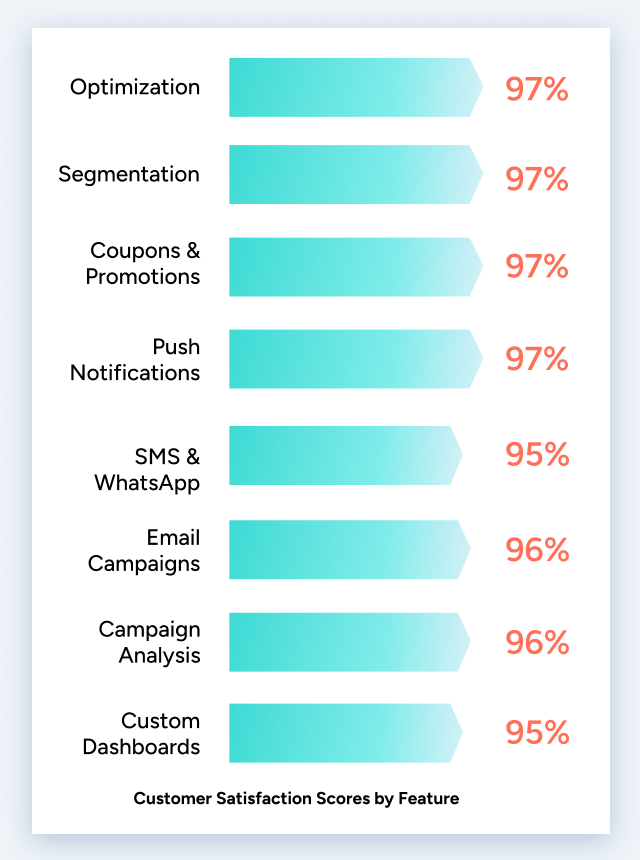
Use Insider’s powerful platform to save time on marketing tasks, ensure consistent branding across campaigns and channels using templates, and easily create customized marketing for each customer. Insider makes it simple to schedule and automate activities for 24/7 engagement without manual effort.

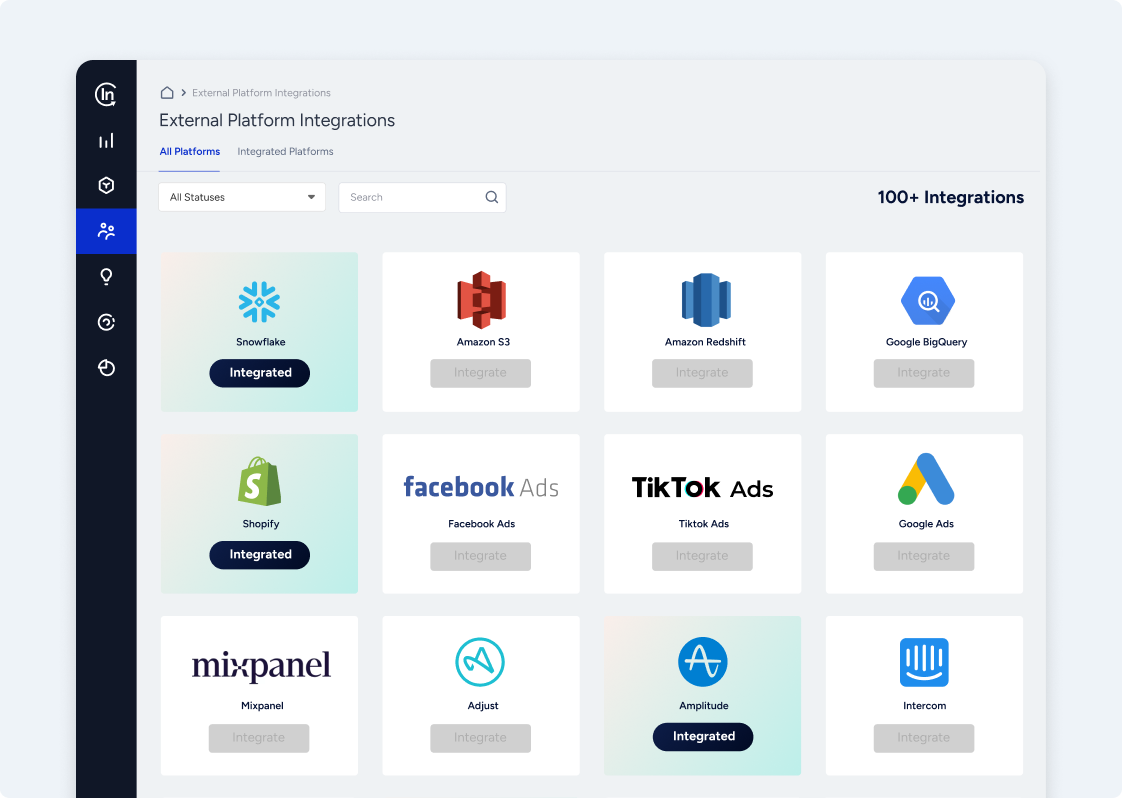
Insider scored 99/100 for its Integration capabilities—10% higher than the industry average. Sync customer, engagement, and product data across your entire tech stack with 100+ out-of-the-box integrations in 20+ categories, including CRM, data warehouses analytics, paid ads, social media, and more.
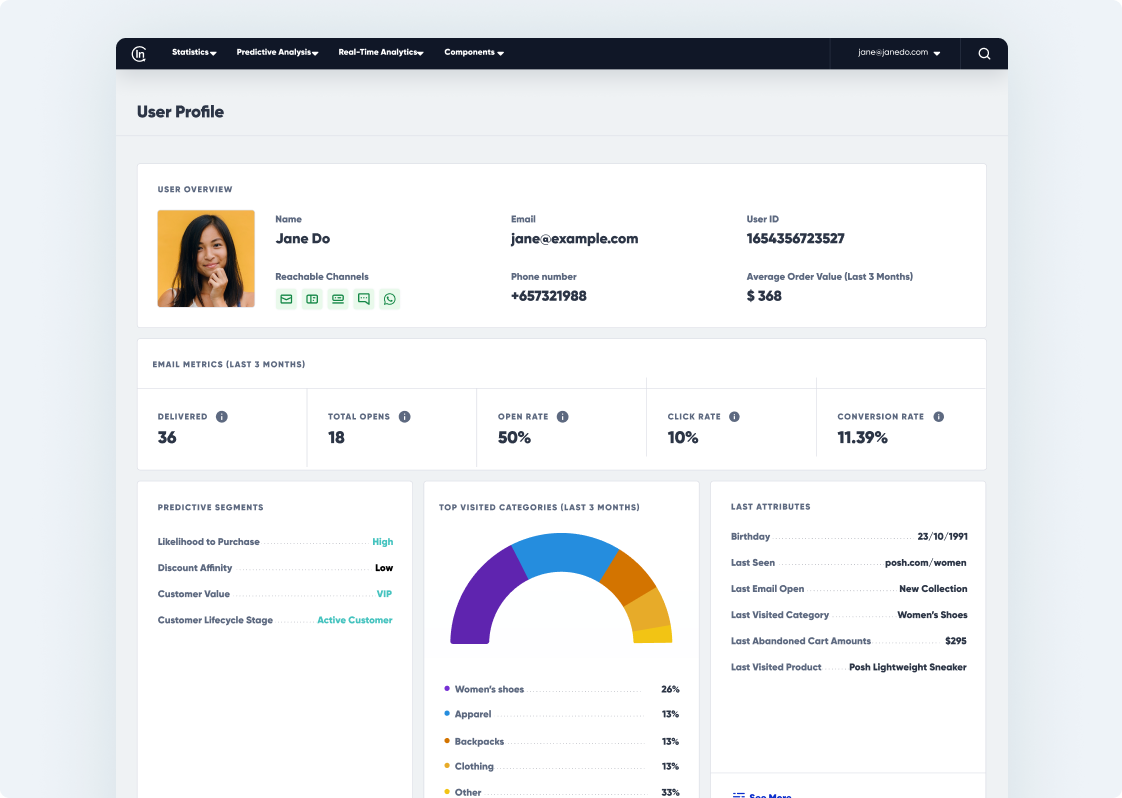
Eliminate data siloes and customer knowledge gaps by seamlessly stitching together every interaction and transaction across all channels and touchpoints—including web, mobile app, and even offline. Build data-driven, relevant customer experiences with 360-degree profiles to drive conversions and boost CLTV.
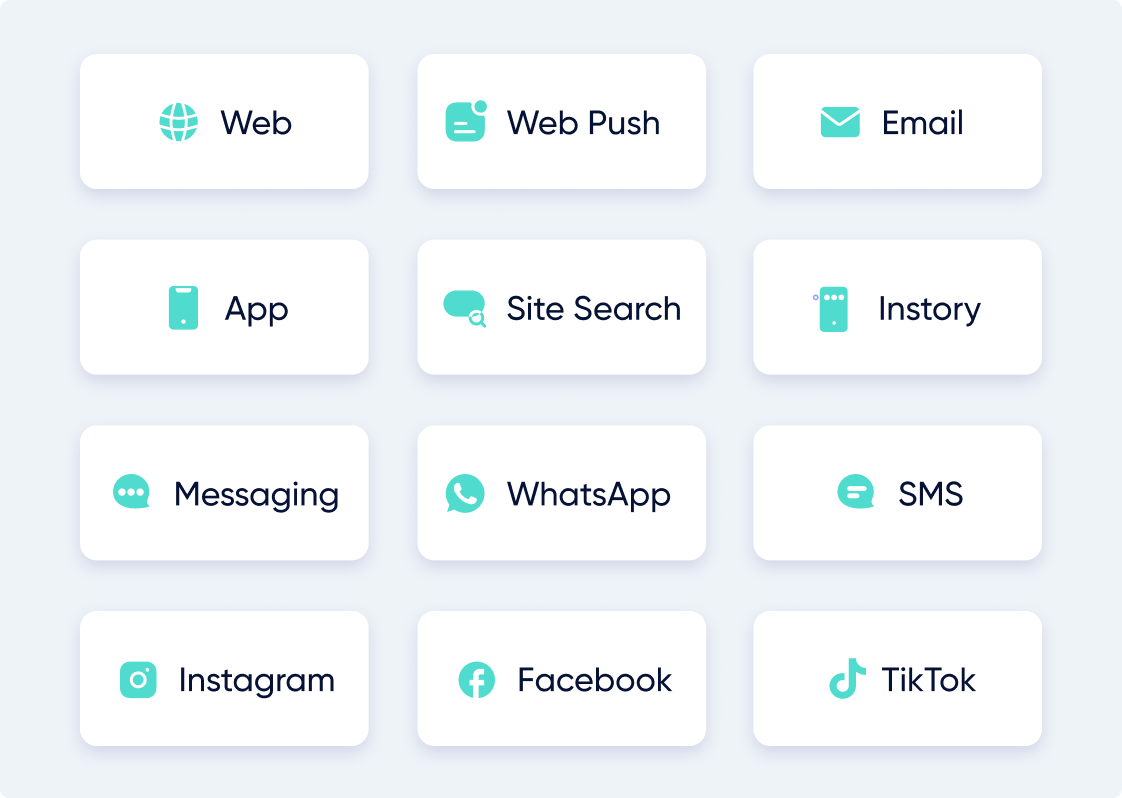
Connect data from different sources and build relevant one-to-one customer experiences across 12+ channels including WhatsApp, SMS, Email, Web, App, digital ads, and more – all from a single platform. Build consistent, timely, and relevant customer experiences across 12+ channels with Architect, Insider’s AI-native journey orchestration solution.
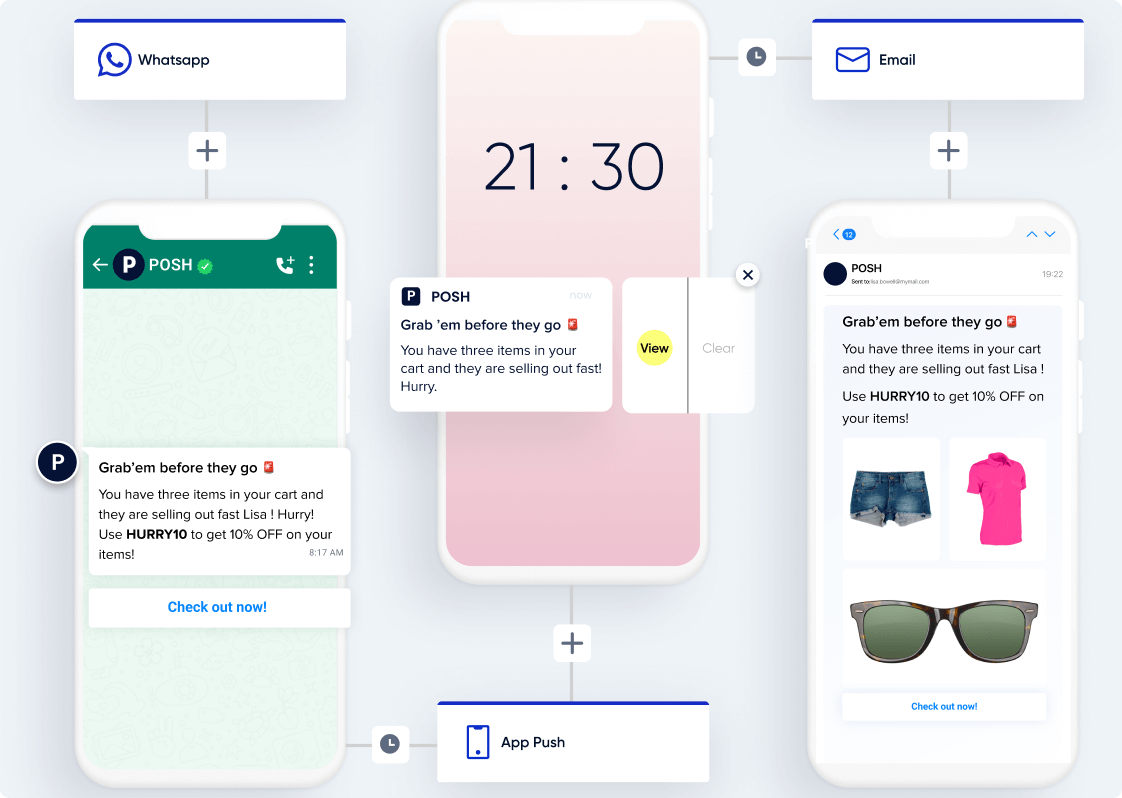
Architect, Insider’s AI-powered customer journey orchestration tool empowers brands to build personalized experiences across 12+ channels. Build relevant one-to-one experiences by targeting the right users with the right message at the right time on the right channel.
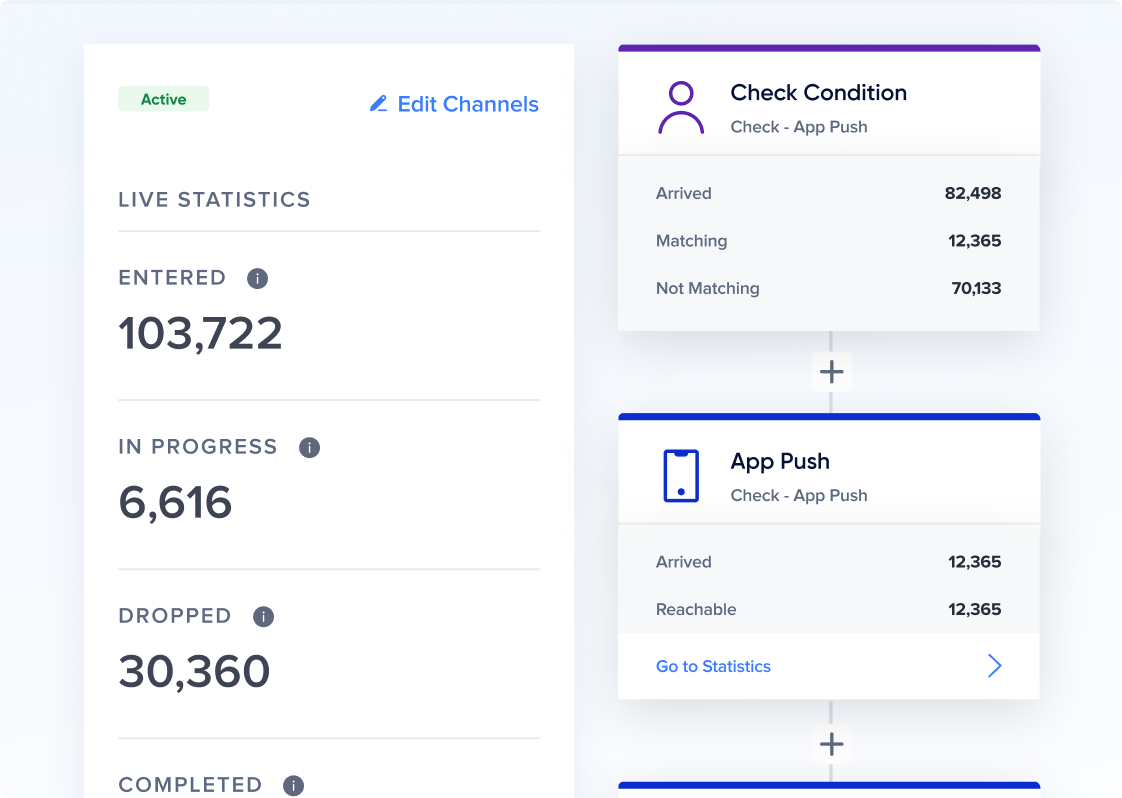
Measure campaign performance periodically across all channels from a single dashboard with Insider’s advanced analytics. Use these real-time insights to understand your customers better, empowering you to optimize campaigns for better results.
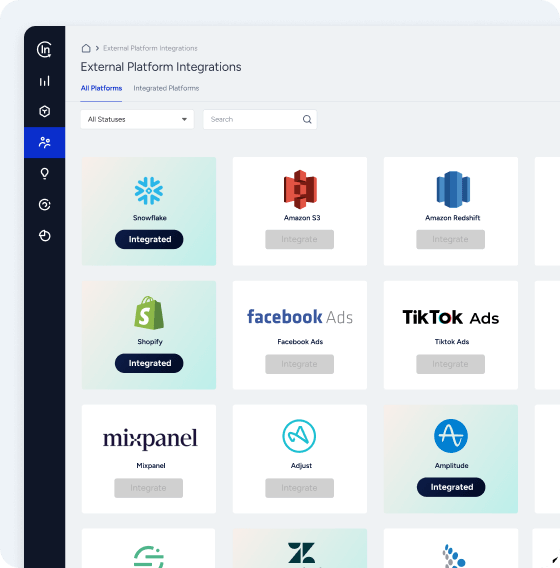
Insider scored 99/100 for its Integration capabilities—10% higher than the industry average. Sync customer, engagement, and product data across your entire tech stack with 100+ out-of-the-box integrations, including CRM, analytics, paid ads, social media, and more.
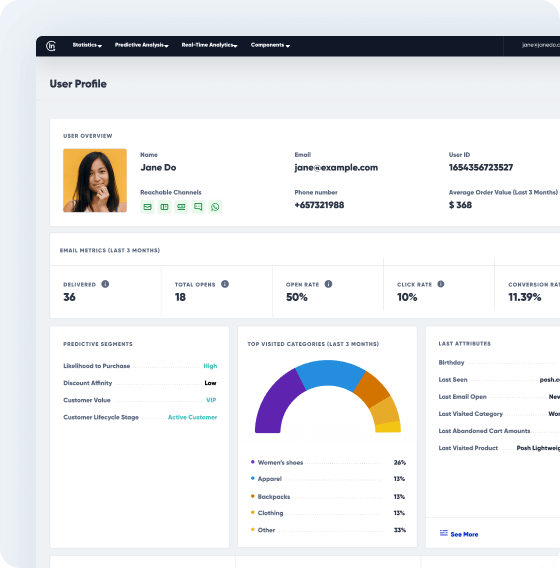
Eliminate data siloes and customer knowledge gaps by seamlessly stitching together every interaction across every touchpoint—including web, app, and even offline. Build data-driven, relevant customer experiences with 360-degree profiles to boost conversions and CLTV.
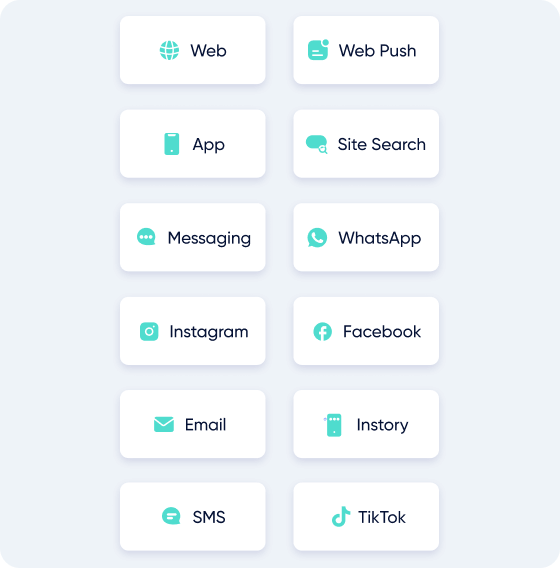
Connect data from different sources and build relevant one-to-one customer experiences across 12+ channels including WhatsApp, SMS, Email, Web, App, digital ads, and more – all from a single platform with Architect, Insider’s AI-native omnichannel journey orchestration solution.
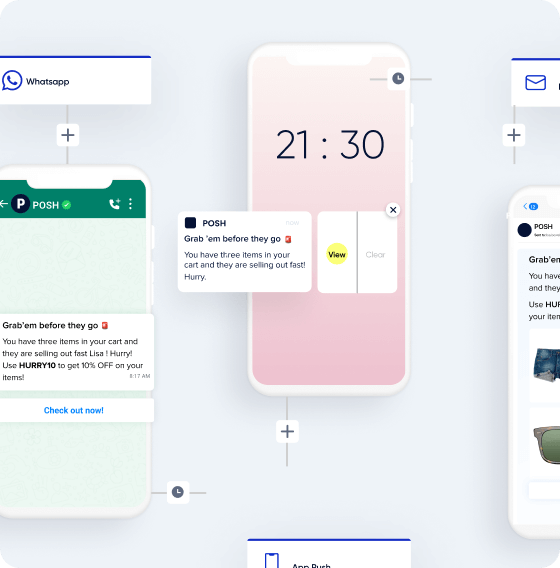
Architect, Insider’s AI-powered customer journey orchestration tool empowers brands to build personalized experiences across 12+ channels. Build relevant one-to-one experiences by targeting the right users with the right message at the right time on the right channel.
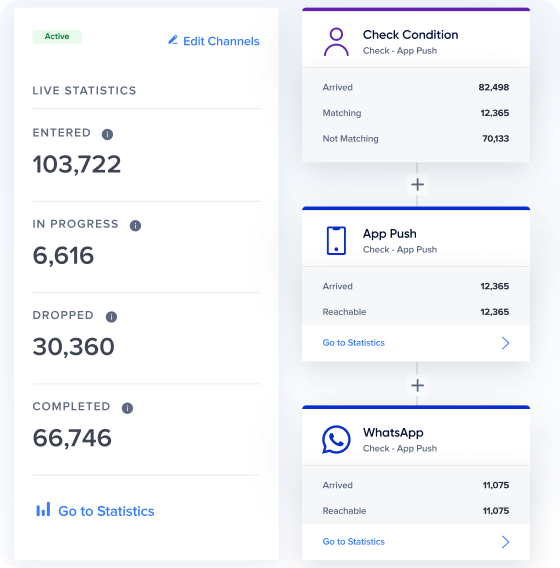
Measure campaign performance periodically across all channels from a single dashboard with Insider’s advanced analytics. Use these real-time insights to understand your customers better, empowering you to optimize campaigns for better results.
Agent One™ brings together purpose-built AI experts (aka agents) to help you deliver superior customer engagement through emotionally resonant conversations and autonomous decision-making.
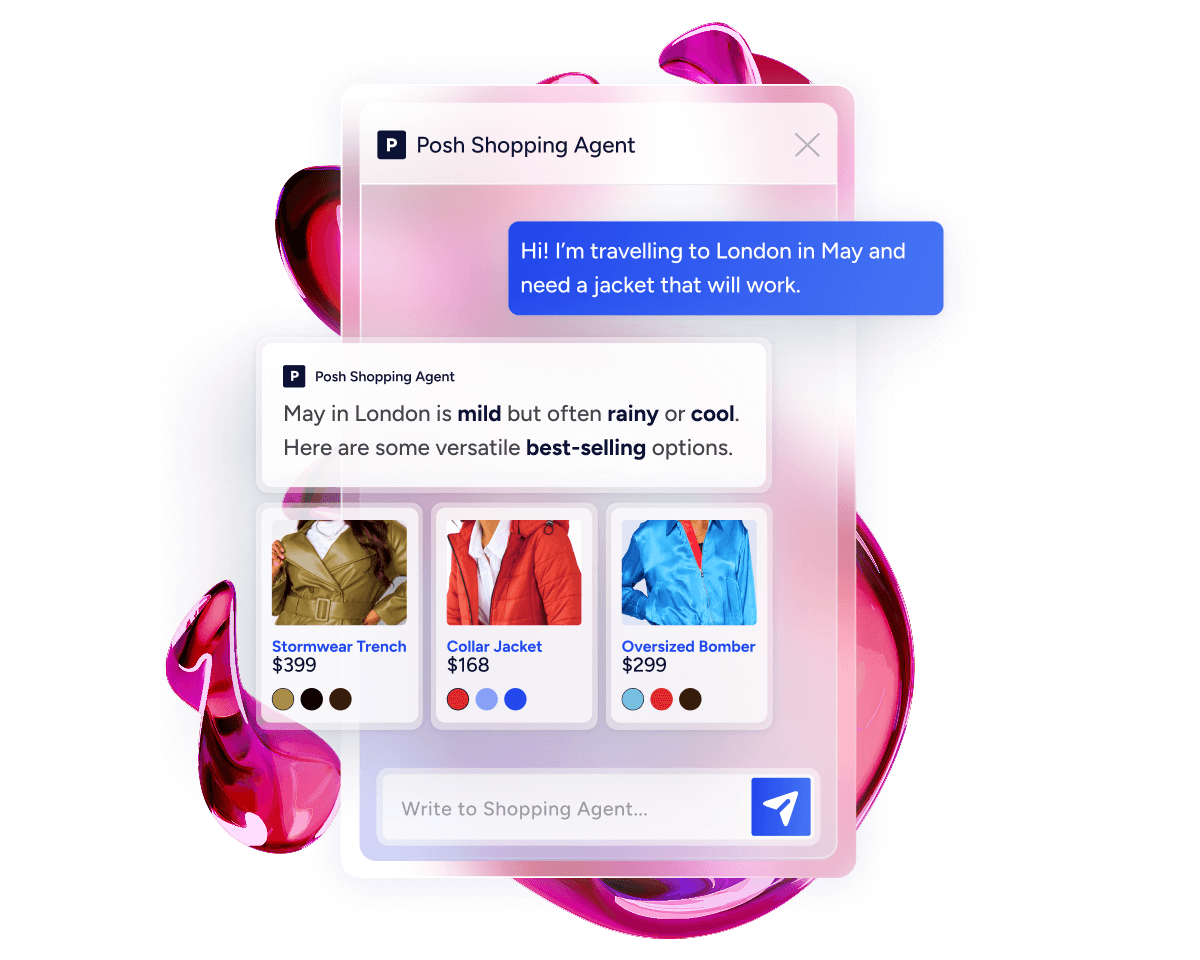
Agent One™ brings together purpose-built AI experts (aka agents) to help you deliver superior customer engagement through emotionally resonant conversations and autonomous decision-making.
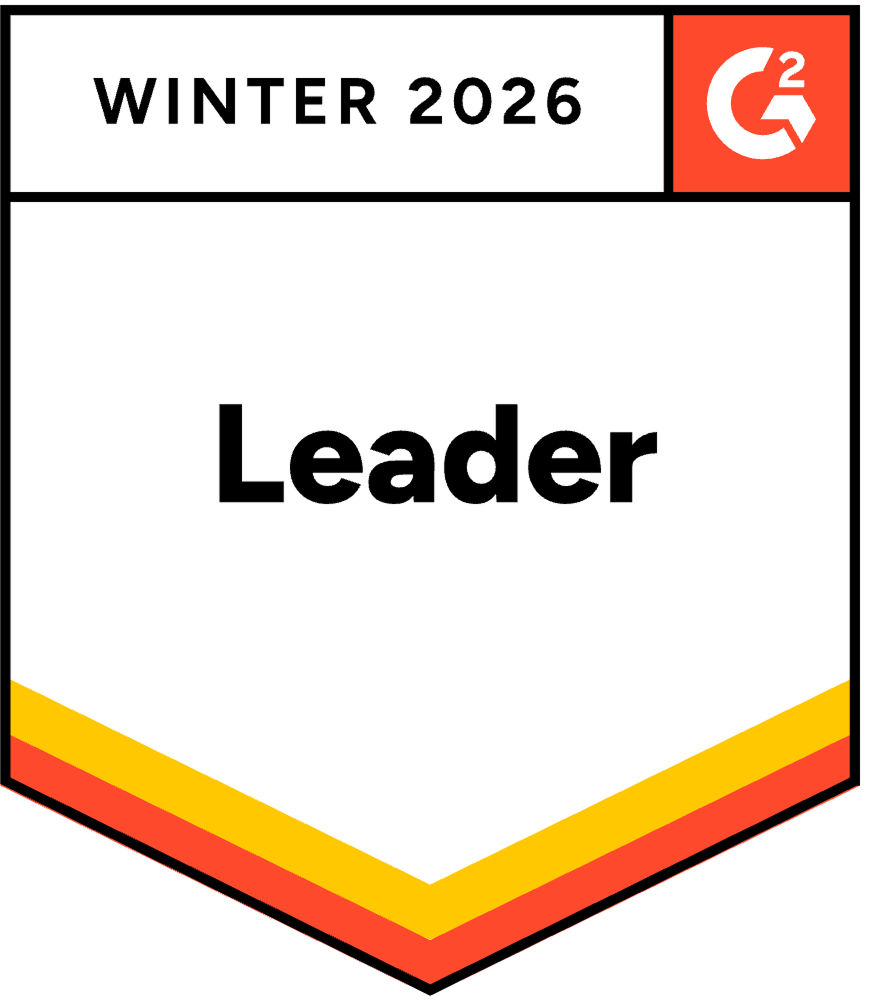

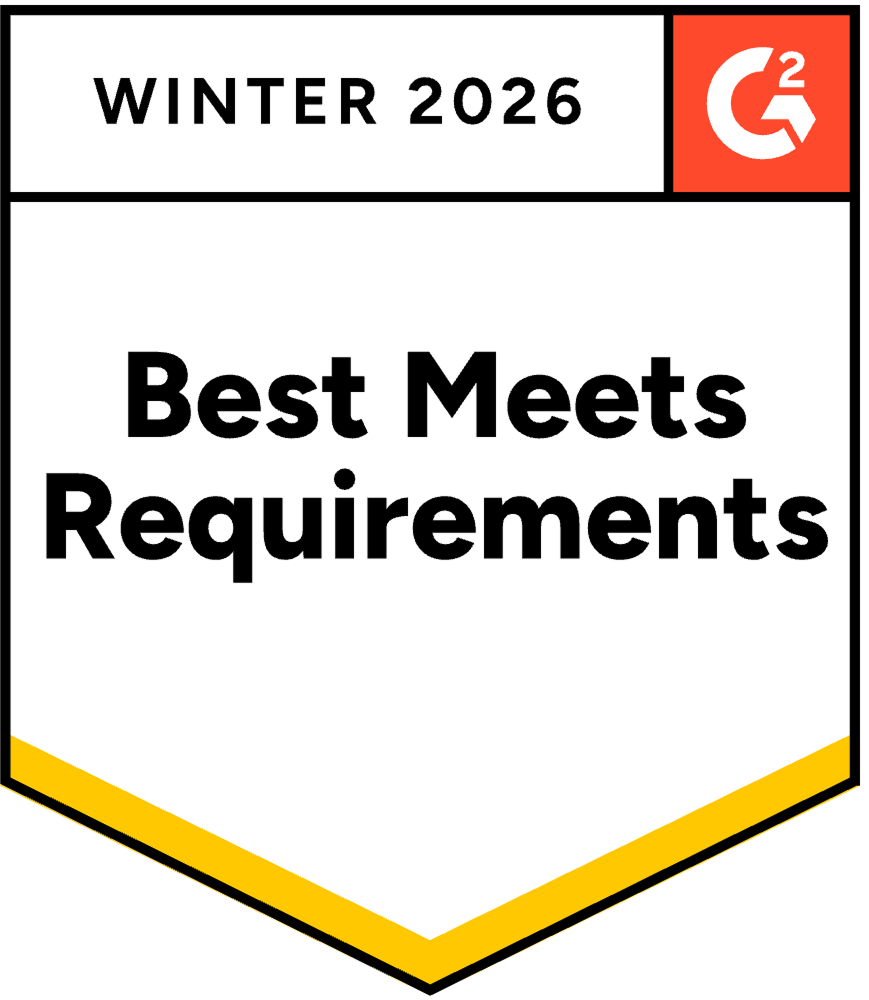


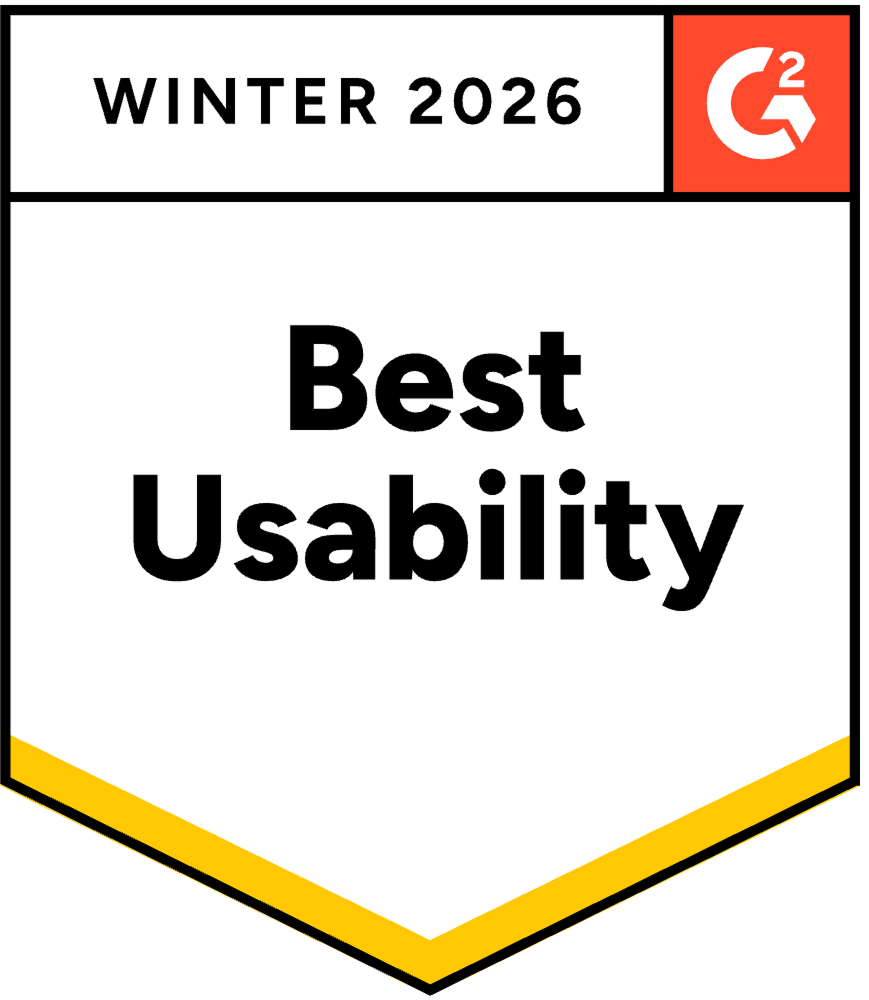
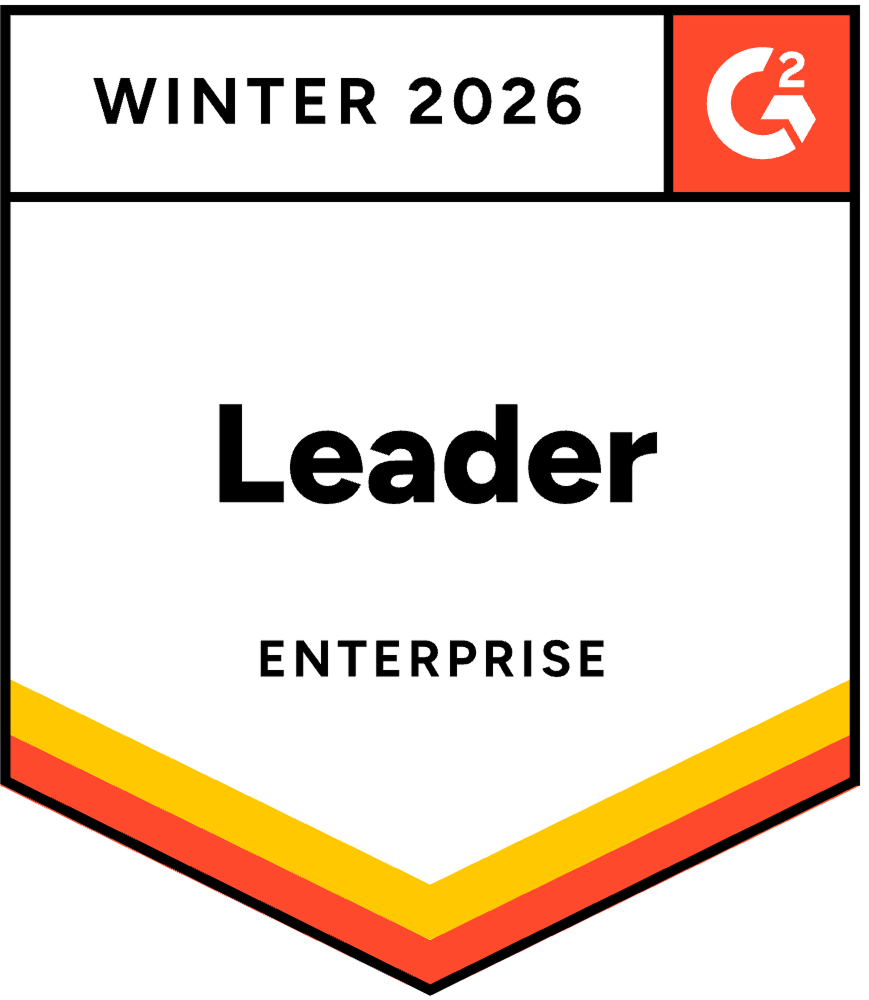


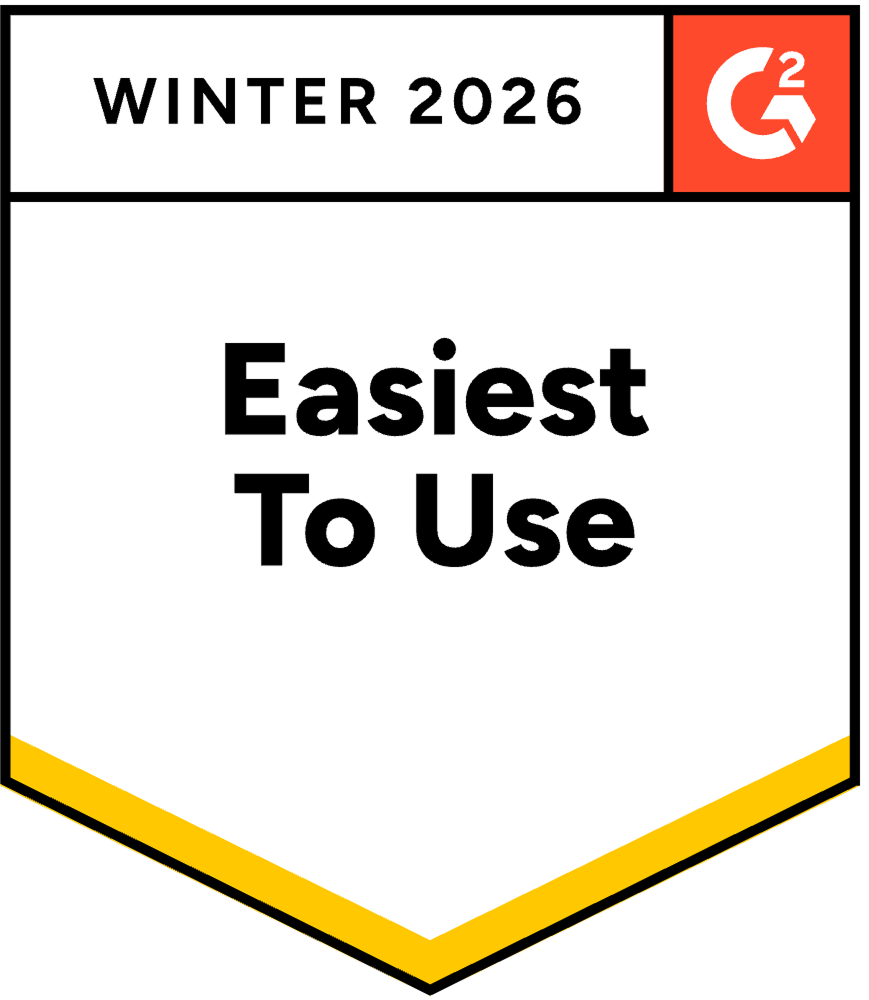
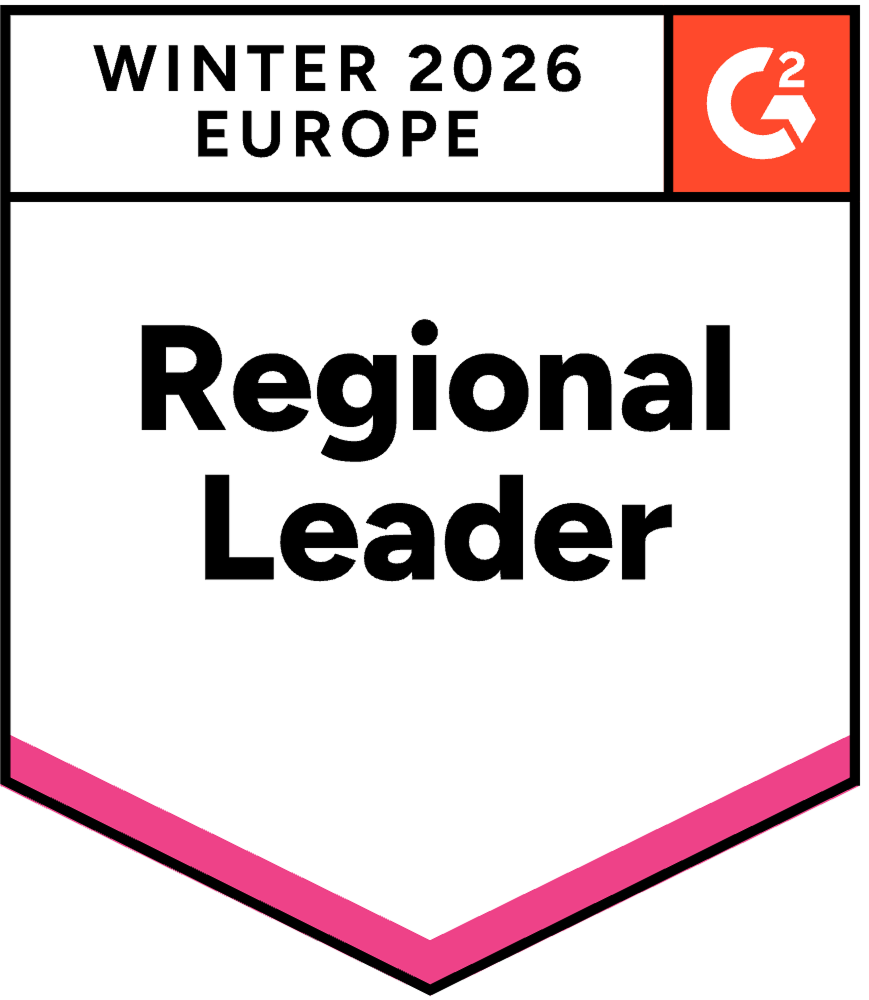
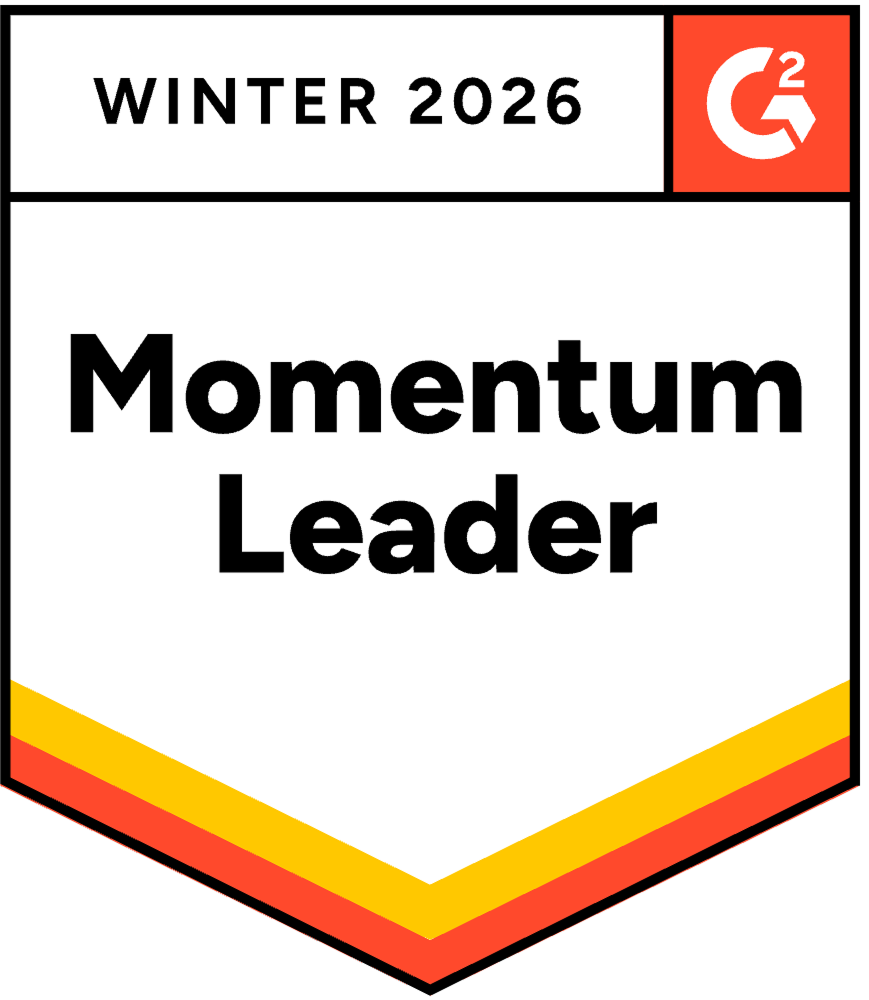
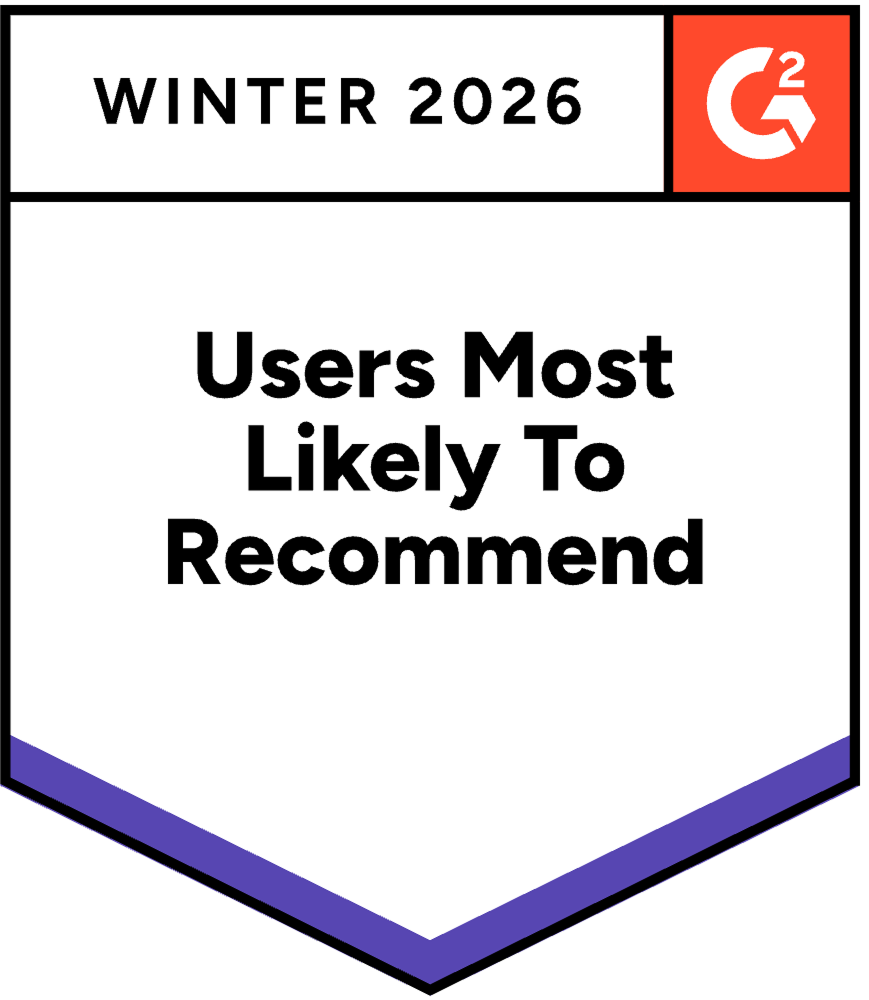

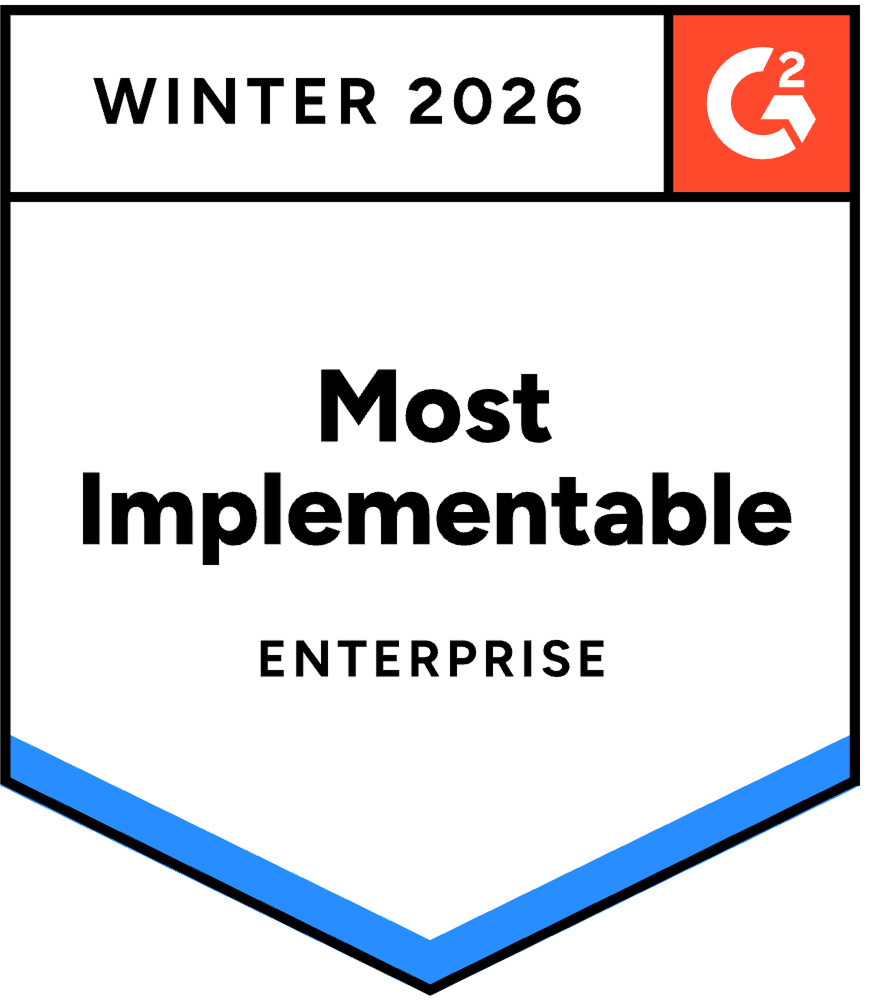






























#1 AI-native Omnichannel Experience and Customer Engagement Platform
The end-to-end platform with an integrated CDP to fuel journey orchestration across the widest set of channels to deliver experiences as unique as each customer – with the fastest ROI, higher efficiency, and better results.
Solutions
Comparisons
Essential Guides
Enterprise CDP, Best Ecommerce Personalization Software, Journey Orchestration Platforms, Best Customer Data Platform, Marketing Automation Platforms, Best Email Marketing Software, Customer Data Integration, Cross-Channel Marketing, Customer Engagement Platform, Whatsapp Marketing Software
| Cookie | Duration | Description |
|---|---|---|
| __cf_bm | 1 hour | This cookie, set by Cloudflare, is used to support Cloudflare Bot Management. |
| __Secure-ENID | 1 year 1 month | The __Secure-ENID cookie is a type of secure cookie used for authentication and to ensure the security of user sessions. |
| _cfuvid | session | Cloudflare sets this cookie to track users across sessions to optimize user experience by maintaining session consistency and providing personalized services |
| _GRECAPTCHA | 6 months | Google Recaptcha service sets this cookie to identify bots to protect the website against malicious spam attacks. |
| _shopify_essential | session | Shopify sets this cookie, which contains essential information required for the proper functioning of a store, such as session details, checkout information and anti-tampering data. |
| AWSALBCORS | 7 days | Amazon Web Services set this cookie for load balancing. |
| connect.sid | 2 hours | This cookie is used for authentication and for secure log-in. It registers the log-in information. |
| cookielawinfo-checkbox-advertisement | 1 year | The cookie is set by GDPR cookie consent to record the user consent for the cookies in the category "Advertisement". |
| cookielawinfo-checkbox-analytics | 1 year | This cookies is set by GDPR Cookie Consent WordPress Plugin. The cookie is used to remember the user consent for the cookies under the category "Analytics". |
| cookielawinfo-checkbox-necessary | 1 year | This cookie is set by GDPR Cookie Consent plugin. The cookies is used to store the user consent for the cookies in the category "Necessary". |
| cookielawinfo-checkbox-performance | 1 year | This cookie is set by GDPR Cookie Consent plugin. The cookie is used to store the user consent for the cookies in the category "Performance". |
| datadome | session | This is a security cookie set by Force24 to detect BOTS and malicious traffic. |
| elementor | never | The website's WordPress theme uses this cookie. It allows the website owner to implement or change the website's content in real-time. |
| localization | 1 year | The localization cookie stores user preferences for language and region to provide a personalized browsing experience. |
| rc::a | never | This cookie is set by the Google recaptcha service to identify bots to protect the website against malicious spam attacks. |
| rc::b | session | This cookie is set by the Google recaptcha service to identify bots to protect the website against malicious spam attacks. |
| rc::c | session | This cookie is set by the Google recaptcha service to identify bots to protect the website against malicious spam attacks. |
| rc::f | never | This cookie is set by the Google recaptcha service to identify bots to protect the website against malicious spam attacks. |
| viewed_cookie_policy | 1 year | The GDPR Cookie Consent plugin sets the cookie to store whether or not the user has consented to use cookies. It does not store any personal data. |
| VISITOR_PRIVACY_METADATA | 6 months | YouTube sets this cookie to store the user's cookie consent state for the current domain. |
| Cookie | Duration | Description |
|---|---|---|
| __hssc | 30 minutes | This cookie is set by HubSpot. The purpose of the cookie is to keep track of sessions. This is used to determine if HubSpot should increment the session number and timestamps in the __hstc cookie. It contains the domain, viewCount (increments each pageView in a session), and session start timestamp. |
| bcookie | 11 months | This cookie is set by linkedIn. The purpose of the cookie is to enable LinkedIn functionalities on the page. |
| lang | session | This cookie is used to store the language preferences of a user to serve up content in that stored language the next time user visit the website. |
| lidc | 1 day | This cookie is set by LinkedIn and used for routing. |
| yt-remote-cast-available | session | The yt-remote-cast-available cookie is used to store the user's preferences regarding whether casting is available on their YouTube video player. |
| yt-remote-cast-installed | session | The yt-remote-cast-installed cookie is used to store the user's video player preferences using embedded YouTube video. |
| yt-remote-connected-devices | never | YouTube sets this cookie to store the user's video preferences using embedded YouTube videos. |
| yt-remote-device-id | never | YouTube sets this cookie to store the user's video preferences using embedded YouTube videos. |
| yt-remote-fast-check-period | session | The yt-remote-fast-check-period cookie is used by YouTube to store the user's video player preferences for embedded YouTube videos. |
| yt-remote-session-app | session | The yt-remote-session-app cookie is used by YouTube to store user preferences and information about the interface of the embedded YouTube video player. |
| yt-remote-session-name | session | The yt-remote-session-name cookie is used by YouTube to store the user's video player preferences using embedded YouTube video. |
| ytidb::LAST_RESULT_ENTRY_KEY | never | The cookie ytidb::LAST_RESULT_ENTRY_KEY is used by YouTube to store the last search result entry that was clicked by the user. This information is used to improve the user experience by providing more relevant search results in the future. |
| Cookie | Duration | Description |
|---|---|---|
| _gat | 1 minute | Google Universal Analytics sets this cookie to restrain request rate and thus limit data collection on high-traffic sites. |
| AWSALB | 7 days | AWSALB is an application load balancer cookie set by Amazon Web Services to map the session to the target. |
| INGRESSCOOKIE | session | This cookie is used for load balancing and session stickiness. This technical session identifier is required for some website features. |
| YSC | session | This cookies is set by Youtube and is used to track the views of embedded videos. |
| Cookie | Duration | Description |
|---|---|---|
| __hstc | 11 months | This cookie is set by Hubspot and is used for tracking visitors. It contains the domain, utk, initial timestamp (first visit), last timestamp (last visit), current timestamp (this visit), and session number (increments for each subsequent session). |
| _ga | 1 year | This cookie is installed by Google Analytics. The cookie is used to calculate visitor, session, campaign data and keep track of site usage for the site's analytics report. The cookies store information anonymously and assign a randomly generated number to identify unique visitors. |
| _ga_* | 1 year 1 month 4 days | Google Analytics sets this cookie to store and count page views. |
| _gat_UA-* | 1 minute | Google Analytics sets this cookie for user behaviour tracking. |
| _gat_UA-81205217-1 | 1 minute | This is a pattern type cookie set by Google Analytics, where the pattern element on the name contains the unique identity number of the account or website it relates to. It appears to be a variation of the _gat cookie which is used to limit the amount of data recorded by Google on high traffic volume websites. |
| _gcl_au | 3 months | This cookie is used by Google Analytics to understand user interaction with the website. |
| _gd_session | 4 hours | 6sense sets this cookie to collect information on users' visits to the website. It collects data such as the total number of visits, the average time spent on the website and the pages loaded. |
| _gd_visitor | 1 year 1 month 4 days | 6sense sets this cookie, which is used for collecting information on the user's visit, such as the number of visits, average time spent on the website and the pages loaded for displaying targeted ads. |
| _gid | 1 day | This cookie is installed by Google Analytics. The cookie is used to store information of how visitors use a website and helps in creating an analytics report of how the website is doing. The data collected including the number visitors, the source where they have come from, and the pages visted in an anonymous form. |
| _hjSession_* | 1 hour | Hotjar sets this cookie to ensure data from subsequent visits to the same site is attributed to the same user ID, which persists in the Hotjar User ID, which is unique to that site. |
| _hjSessionUser_* | 1 year | Hotjar sets this cookie to ensure data from subsequent visits to the same site is attributed to the same user ID, which persists in the Hotjar User ID, which is unique to that site. |
| _shopify_s | 1 hour | This cookie is associated with Shopify's analytics suite. |
| _shopify_y | 1 year | This cookie is associated with Shopify's analytics suite. |
| AEC | 6 months | AEC cookies are used to ensure user data remains consistent during an Analytics session. |
| hubspotutk | 11 months | This cookie is used by HubSpot to keep track of the visitors to the website. This cookie is passed to Hubspot on form submission and used when deduplicating contacts. |
| vuid | 1 year | Vimeo installs this cookie to collect tracking information by setting a unique ID to embed videos on the website. |
| Cookie | Duration | Description |
|---|---|---|
| _fbp | 3 months | This cookie is set by Facebook to deliver advertisement when they are on Facebook or a digital platform powered by Facebook advertising after visiting this website. |
| bscookie | 11 months | This cookie is a browser ID cookie set by Linked share Buttons and ad tags. |
| c | 6 months 2 days | Rubicon Project sets this cookie to control the synchronization of user identification and the exchange of user data between various ad services. |
| fr | 3 months | The cookie is set by Facebook to show relevant advertisments to the users and measure and improve the advertisements. The cookie also tracks the behavior of the user across the web on sites that have Facebook pixel or Facebook social plugin. |
| IDE | 11 months | Used by Google DoubleClick and stores information about how the user uses the website and any other advertisement before visiting the website. This is used to present users with ads that are relevant to them according to the user profile. |
| test_cookie | 15 minutes | This cookie is set by doubleclick.net. The purpose of the cookie is to determine if the user's browser supports cookies. |
| VISITOR_INFO1_LIVE | 5 months 27 days | This cookie is set by Youtube. Used to track the information of the embedded YouTube videos on a website. |
| yt.innertube::nextId | never | YouTube sets this cookie to register a unique ID to store data on what videos from YouTube the user has seen. |
| yt.innertube::requests | never | YouTube sets this cookie to register a unique ID to store data on what videos from YouTube the user has seen. |
| Cookie | Duration | Description |
|---|---|---|
| __cflb | 1 hour | This cookie is used by Cloudflare for load balancing. |
| __Secure-ROLLOUT_TOKEN | 6 months | Description is currently not available. |
| __Secure-YEC | past | Description is currently not available. |
| __Secure-YNID | 6 months | Description is currently not available. |
| __tld__ | session | Description is currently not available. |
| _an_uid | 7 days | No description available. |
| _dd_s | 1 year | No description available. |
| _w_session | 14 days | Description is currently not available. |
| _zitok | 1 year | Description is currently not available. |
| aka_edgescape | session | No description available. |
| aka_edgescape_country | session | No description available. |
| akaalb_enterprise_aws | session | Description is currently not available. |
| akaas_audseg_bobbibrowncosmetics_com | 7 days | Description is currently not available. |
| akaas_audseg_origins_com | 7 days | Description is currently not available. |
| Akamai-Edgescape | session | Description is currently not available. |
| AnalyticsSyncHistory | 1 month | No description |
| authenticity_token | session | No description available. |
| cookielawinfo-checkbox-functional | 1 year | The cookie is set by GDPR cookie consent to record the user consent for the cookies in the category "Functional". |
| cookielawinfo-checkbox-others | 1 year | No description |
| dd_anonymous_id | 1 year | Description is currently not available. |
| ins-c | 1 day | No description |
| ins-current-currency | never | No description available. |
| ins-gaSSId | never | This cookie is set by the useinsider. This cookie is used for calculating the impact of special campaigns. |
| ins-storage-version | 1 year | No description |
| insdrPushCookieStatus | 1 day | This cookie is set by the provider Insider. This cookie is used for web push recieving. |
| js_enabled | session | No description available. |
| RUL | 1 year | No description |
| UserMatchHistory | 1 month | Linkedin - Used to track visitors on multiple websites, in order to present relevant advertisement based on the visitor's preferences. |
| WMF-Uniq | 1 year | Description is currently not available. |